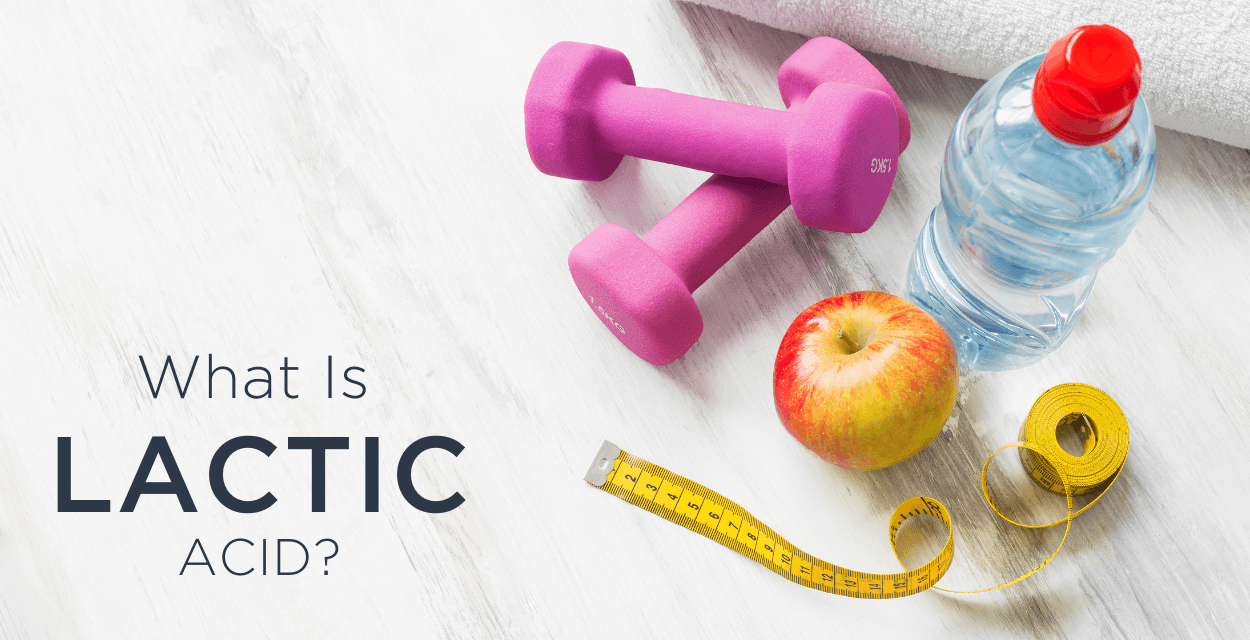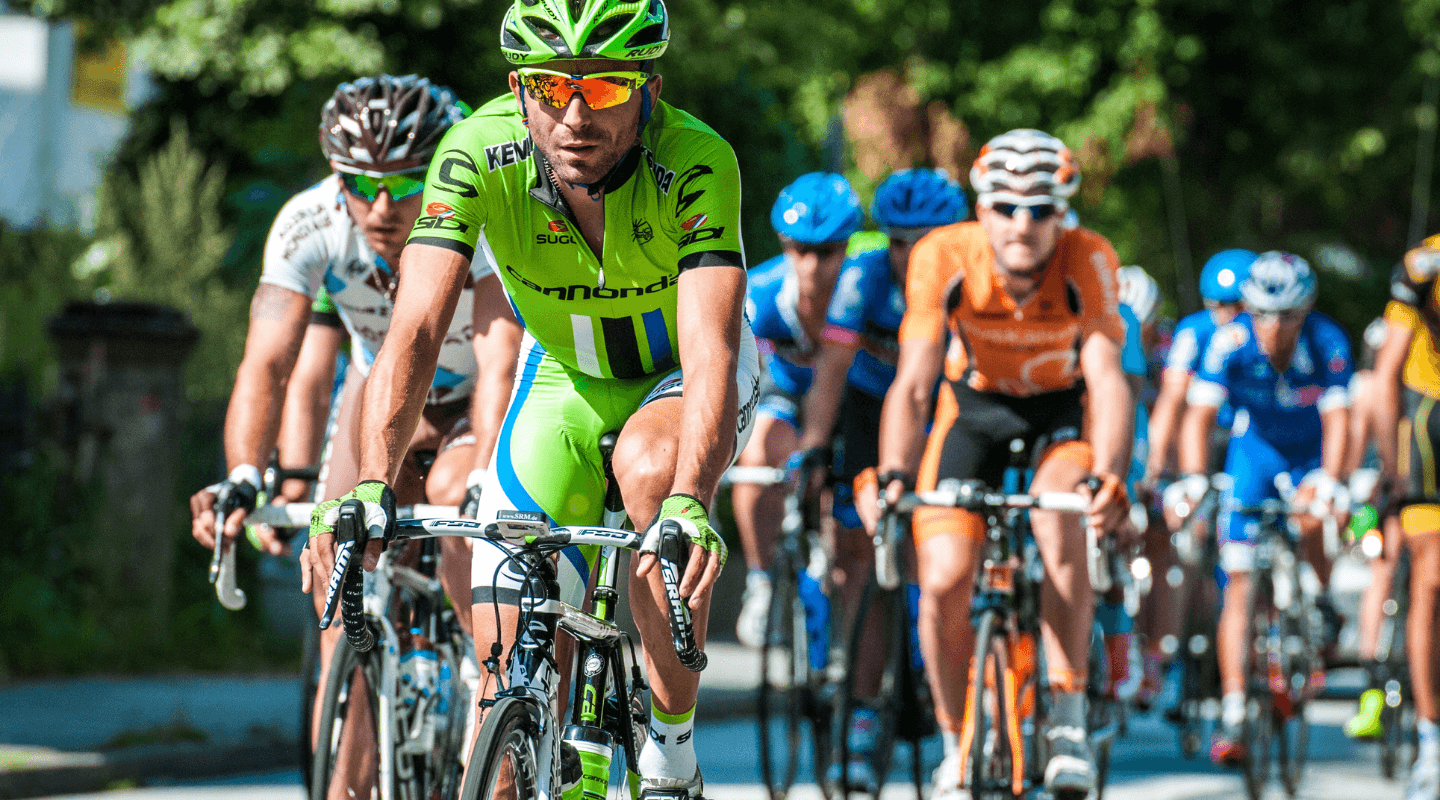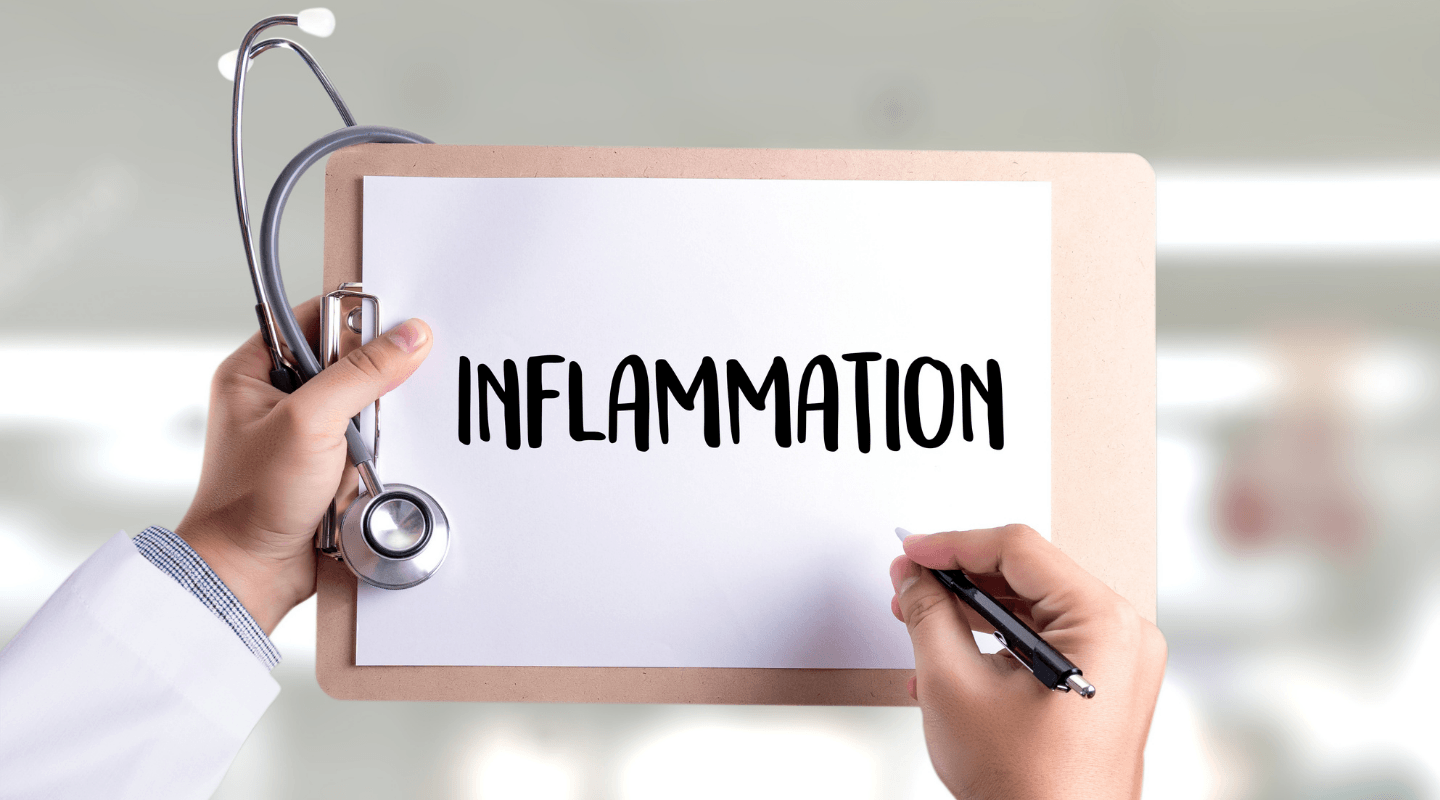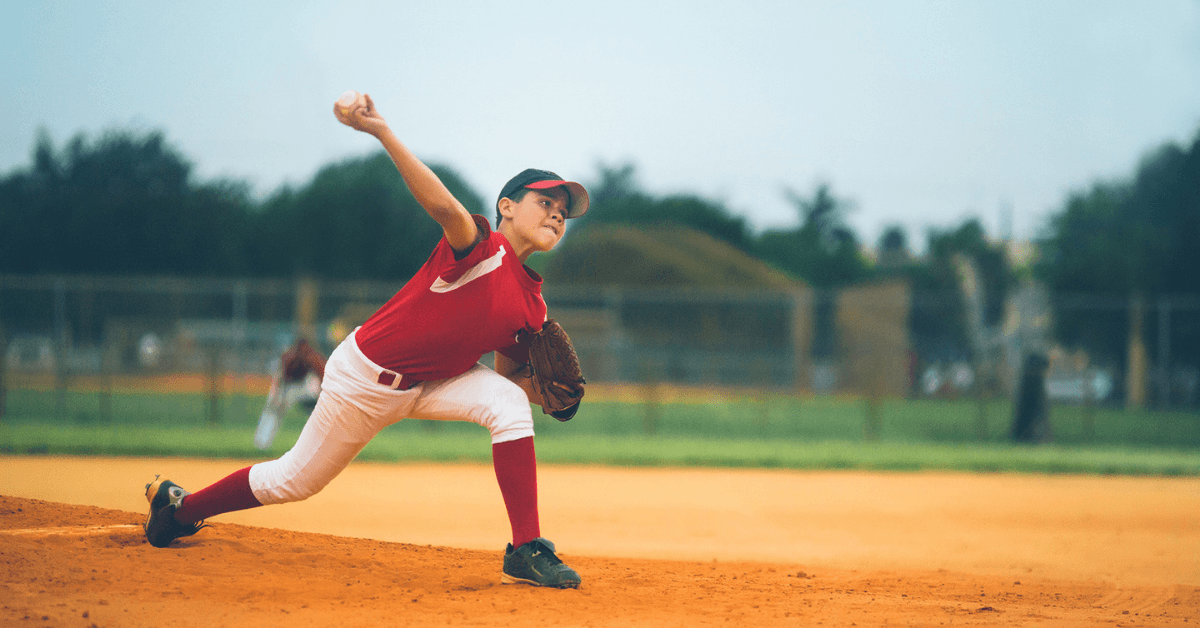TREATING PITCHER'S ELBOW PAIN
SHOP CRYOSLEEVEGET THE MOST OUT OF YOUR RECOVERY
PITCHER'S ELBOW | SYMPTOMS AND TREATMENT
Pitching is one of the most demanding positions in baseball, and in the entire sports world. This is especially true when it comes to elbow movements. Elbow pain is very common among baseball pitchers at all levels of baseball. The injuries pitchers sustain are due to overexertion of their arms, and over time will cause tears in tendons and ligaments in their shoulders. These injuries primarily affect the shoulder and the elbow referred to as rotator cuff injury and ulnar collateral elbow injury.
Because of this, it should be no surprise that elbow injuries are common among both amateur and professional baseball pitchers.
WHAT CAUSES ‘PITCHER’S ELBOW’ INJURY?
A pitcher’s elbow is an injury to the ulnar collateral ligament (UCL), a tendon that connects the ulna to the forearm bone. The UCL is an important tendon, but sometimes when it is damaged, it can cause issues in other parts of the body, such as the elbow.
When it is injured, it can take time to heal, and it is important to recognize the signs to determine the severity.
Even minor strains in the elbow can take as long as 6 weeks to fully heal, and injuries that require Tommy John Surgery take a minimum of 12 months.
RISK FACTORS
While Tommy John surgery is the most talked about when it comes to elbow injuries in baseball, strains and sprains are another common occurrence and should be treated properly to prevent further issues.
Treatment for sprain or strain involves resting the injured joint and applying ice or a cold compress. This may take a week or two to a month before the pain has subsided during throwing.
A player should avoid activities that could cause the elbow to bend sharply and further aggravate the injury.
Typically, with the injury known as "Pitcher’s Elbow", occur due to the following:
- AGE - Young pitchers, especially those between the ages of nine and 15, are at a higher risk for injury since their joints, bones, growth plates, and ligaments are still growing and are more susceptible to an injury when applying torque while pitching or throwing.
- FLAWED MECHANICS - Every young athlete starts with bad mechanics and learns to refine them through training. Most young pitchers drag their elbow slightly underneath the shoulder. This causes stress to occur on the inside of the elbow near their UCL. Proper throwing mechanics should be taught to youth players to help reduce the chances of an elbow injury.
- OVERUSE - Pitching in baseball is an unnatural movement compared to softball pitching. This is why baseball pitchers can only pitch once a week so that the arm can recover before applying stress on it again. Pitching too many games and pitching too often at home or practice is a big factor that leads to an elbow injury in pitchers. If you experience pain or discomfort in the elbow or shoulder while throwing then you should rest it--no throwing for 2-3 days until pain & inflammation subsides.
- THROWING CURVEBALLS OR SLIDERS - Breaking pitches like curveball and slider put additional stress on the growth plate and ligaments that lead to an elbow or should injury. These types of pitches should be limited, especially for younger players. The safest pitches to throw are the fastball & changeup for youth pitchers because you have less torque & rotation applied to the joints and ligaments.
70% OF BASEBALL ELBOW INJURIES OCCUR IN PITCHERS
Pitching has evolved over the past century, and now it's not uncommon to see starters and relievers have the ability to hit 100 mph. Even in youth leagues across the country, pitchers are throwing harder than ever before, and with inadequate rest time between outings.
One of the most common types of elbow injuries is referred to as a “primary” elbow injury. This is often severe, and has the most potential to cause a pitcher to miss significant time.
A primary elbow injury is much worse than the secondary injury, so you should be sure to have your doctor examine both the elbow and the throwing motion to make sure that there is no injury to the throwing elbow.
If the injury is severe enough, an MRIs usually the next step in determining whether a pitcher’s elbow is the cause of his discomfort.

HOW TO TREAT PITCHER’S ELBOW
If you notice discomfort or pain in your elbow, it is critical to stop and rest before continuing any strenuous activity, including pitching. In some cases, a few weeks of rest can be enough, however, if pain and swelling continue it could be a sign that more intensive treatments are needed.
For example, Tommy John Surgery has increased in frequency over the past three decades as its success rate increased. This is typically reserved for serious injuries that require reconstruction. This can up to 16 months to heal fully, and most Major League pitchers miss at least one full season after the surgery.
This should begin as soon as possible to increase effectiveness and anti-inflammatory medicines like ibuprofen can help alleviate the pain temporarily.
Heat therapy can also prove to be helpful during the Ice stage after 48 to 72 hours, if swelling has reduced. This will help increase in blood flow to the injured elbow and joints. This can also help to relax and soothe muscles in your elbow quickly.
HOW TO PREVENT PITCHERS ELBOW
Pitchers' elbows can be severe, so it's in your best interest to take the proper precautions to avoid elbow injuries as a pitcher.
Proper rest time between outings, as well as heating and icing your elbow after games will help to reduce the likelihood of an injury.
And if you do notice slight discomfort or pain, you need to ice and rest until pain subsides during throwing. Using Recoup Cryosleeves for Travel Baseball.
Below is a recommended routine for amateur pitchers to follow to help prevent arm injuries during a baseball season.
- DAY #1 - NO THROWING or light throwing at best. Pitching is just like lifting weights you need to let the muscle recover before you stress it again. If you don't allow your muscles to recover then the stress moves into the joint & ligaments. Running and light resistance training like bands is ideal for recovery in pitchers the day after pitching in a game.
- DAY #2 - Light throwing up to 90 - 120 feet, running sprints, and doing bands should be included in your routine on this day.
- DAY #3 - Long toss, sprints and bands. Now that the arm has had time to recover from pitching in a game we can start to torque the arm with a good long toss routine.
- DAY #4 - Bullpen day. Warmup with bands, calisthenics and stretch. Then jump on the mound for your bullpen. Keep your bullpen to 35-40 pitches max.
- DAY #5 - Light toss and sprints. Keep it light on this day, work on getting a feel for your pitch grips playing catch and then you will be ready for game day.
Additionally, following pitch count guidelines and rest is highly recommended. MLB's Pitch Smart Guidelines are widely adopted throughout Little League and High School.

RECOVER WITH RECOUP FITNESS MUSCLE RECOVERY PRODUCTS
Recovering from an injury is exhausting... visits to your physiotherapist, ice wraps, heat pads and wasting countless money on different braces. Recoup Fitness is here to help you take back your day and conquer your muscle pain. Stay connected to your active lifestyle. It's time to conquer your pain and get the most out of your recovery with Recoup.
Our line of muscle & joint injury products are specifically designed to provide professional level treatment, without the professional price tag.
Check out our entire line of muscle recovery products to determine what is right for you and get started on the road to recovery today.
Lactic Acid: What It Is, How To Get Rid Of Lactic Acid
Lactic acid (lactic acidosis) is a byproduct of glucose and various other carbohydrates in cells, especially in muscle cells. Lactic acid buildup causes pain, muscle fatigue, and delayed onset muscle soreness during high-intensity exercise because it binds to proteins and impairs their function.
How to Speed up Muscle Recovery After Biking
After all, if you don't take the necessary steps to speed up muscle recovery, you will increase the risk of burnout and injuries. And this will limit your participation in your next competition or workout session. And an injury can rule you out of lots of competitions or work out sessions for a very long time. So here are a few effective tips for speeding up the muscle recovery process after biking
The Truth About Inflammation And Injury Recovery
For many years, inflammation has always been regarded as detrimental and a cause for concern. Inflammation leads to pain or swelling, which we naturally associate as undesirable conditions. To ascertain whether inflammation is good or bad, we have to understand the different types of inflammation and why it happens.
Is Icing Your Arm Good For Pitchers
If you’ve ever been to a baseball game, from Little League to the Big Leagues, you’ve probably seen the pitcher icing their elbow and/or shoulder after they pitch. Baseball has changed a lot in the advancement of data and sports science, so the question becomes ‘how beneficial is it to ice after you pitch’?




